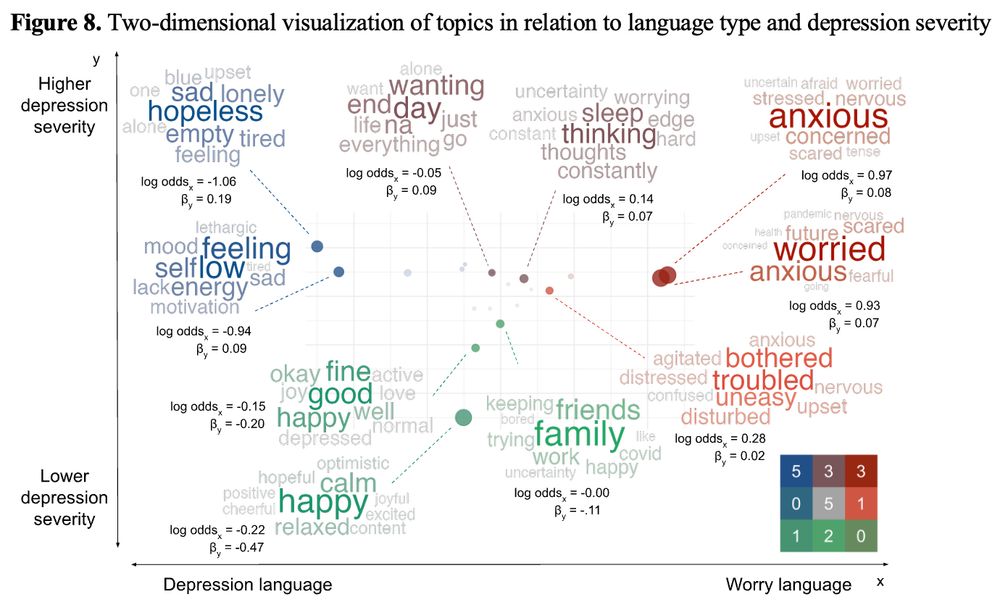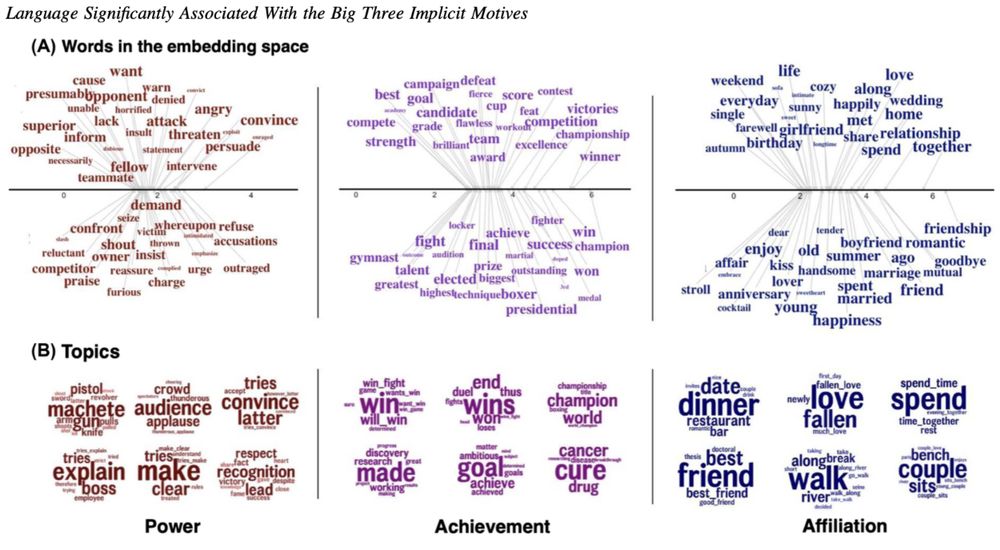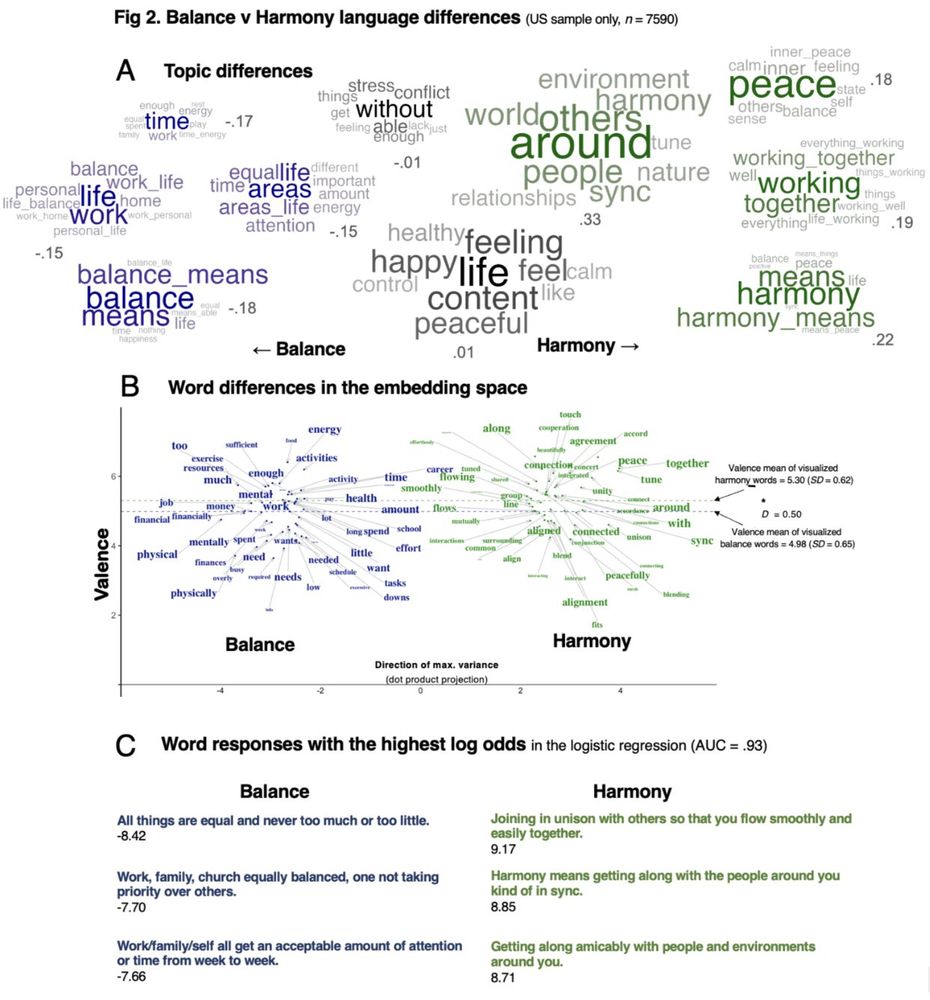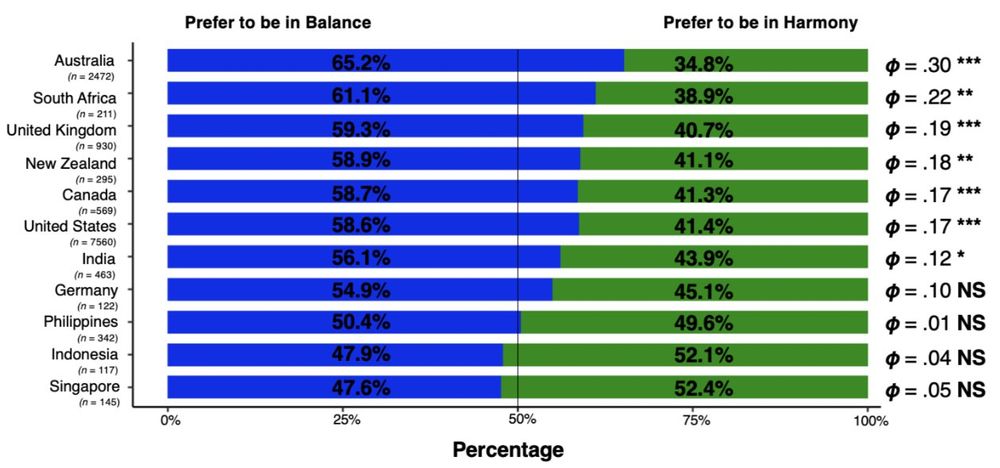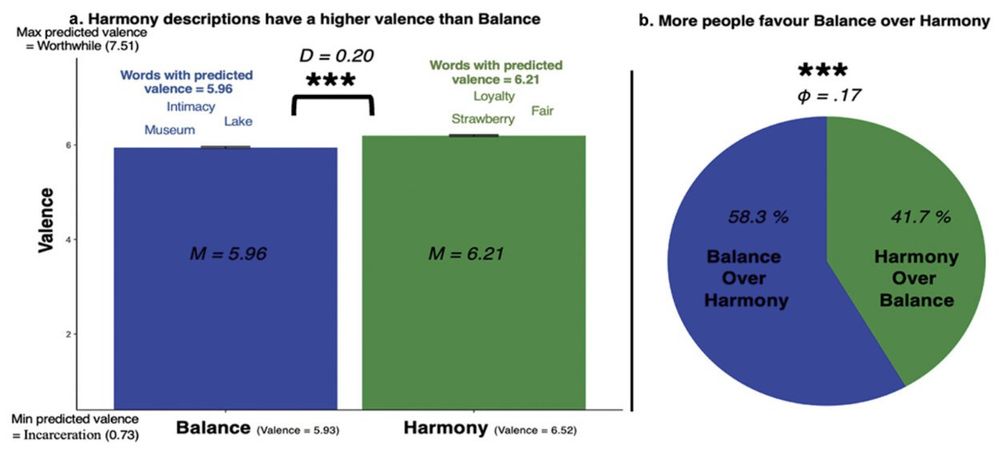@agnilsson.bsky.social
18 followers
21 following
20 posts
Using Natural Language Processing in Positive Psychology due to an unconscious desire of figuring out why my life is so unimaginably balanced, satisfying and harmonious
Posts
Media
Videos
Starter Packs
Reposted
Reposted
